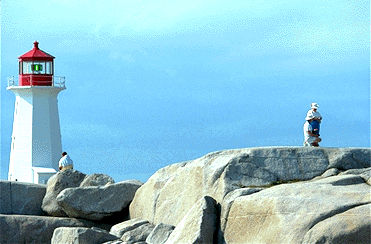Browse "Places"
-
Article
North-West Territories (1870–1905)
The North-West Territories was the first Canadian territory. It was Established on 15 July 1870. As a territory, the region became part of Canada. But it lacked the population, economic and infrastructure resources to attain provincial status. It thus fell under the jurisdiction of the federal government. It covered a vast area, stretching west from a disputed boundary with Labrador, across the northern portions of present-day Quebec and Ontario, through the Prairies to British Columbia, and north from the 49th parallel to the Arctic Ocean. The territory was subject to numerous boundary changes before 1905. At that time, the provinces of Saskatchewan and Alberta were carved out of the southwest portion of the region. In 1906, the remaining territory was renamed the Northwest Territories.
"https://d2ttikhf7xbzbs.cloudfront.net/media/media/1ca2e02a-e2e8-4709-acee-5581d6051d5c.jpg" // resources/views/front/categories/view.blade.php
https://d2ttikhf7xbzbs.cloudfront.net/media/media/1ca2e02a-e2e8-4709-acee-5581d6051d5c.jpg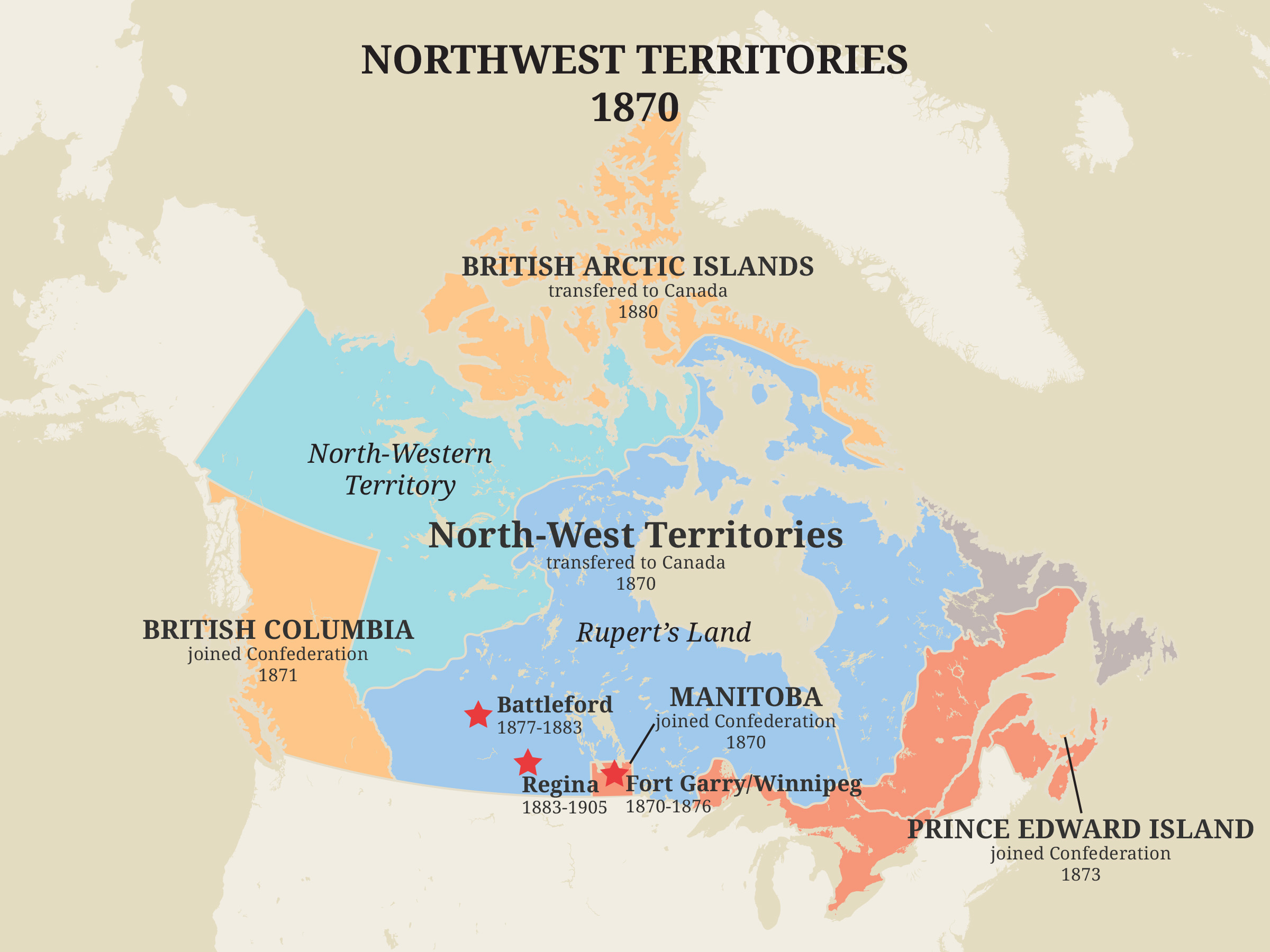
-
Article
North York
North York, Ontario, Urban Community within the city of Toronto. North York was a city (incorporated from 1979 to 1998) until it was amalgamated into the new megacity of TORONTO in 1998.
"https://d2ttikhf7xbzbs.cloudfront.net/media/media/c23a342f-ed21-417e-896b-1565a1f1be1b.jpg" // resources/views/front/categories/view.blade.php
https://d2ttikhf7xbzbs.cloudfront.net/media/media/c23a342f-ed21-417e-896b-1565a1f1be1b.jpg
-
Article
Northumberland Strait
A generally shallow depth causes strong tidal currents, water turbulence and a high concentration of suspended red silt and clay, which led early French colonists to name the strait "la mer rouge.
"https://d2ttikhf7xbzbs.cloudfront.net/media/media/d2e73a66-567c-4b92-ab82-e34c1cba8a41.jpg" // resources/views/front/categories/view.blade.php
https://d2ttikhf7xbzbs.cloudfront.net/media/media/d2e73a66-567c-4b92-ab82-e34c1cba8a41.jpg
-
Article
Northwest Coast
The Northwest Coast is the western coast of Canada and the United States along the Pacific Ocean. This term originates from 18th-century European navigators and traders referring to the great arc of the Pacific coast and offshore islands stretching from present-day northern California to an ill-defined point along the Alaska coast—at Prince William Sound or even Cook Inlet. This region is known for its natural beauty and its rich history of Indigenous art (see Northwest Coast Indigenous Art).
"https://d2ttikhf7xbzbs.cloudfront.net/nootkasound/Nootka-Sound.jpg" // resources/views/front/categories/view.blade.php
https://d2ttikhf7xbzbs.cloudfront.net/nootkasound/Nootka-Sound.jpg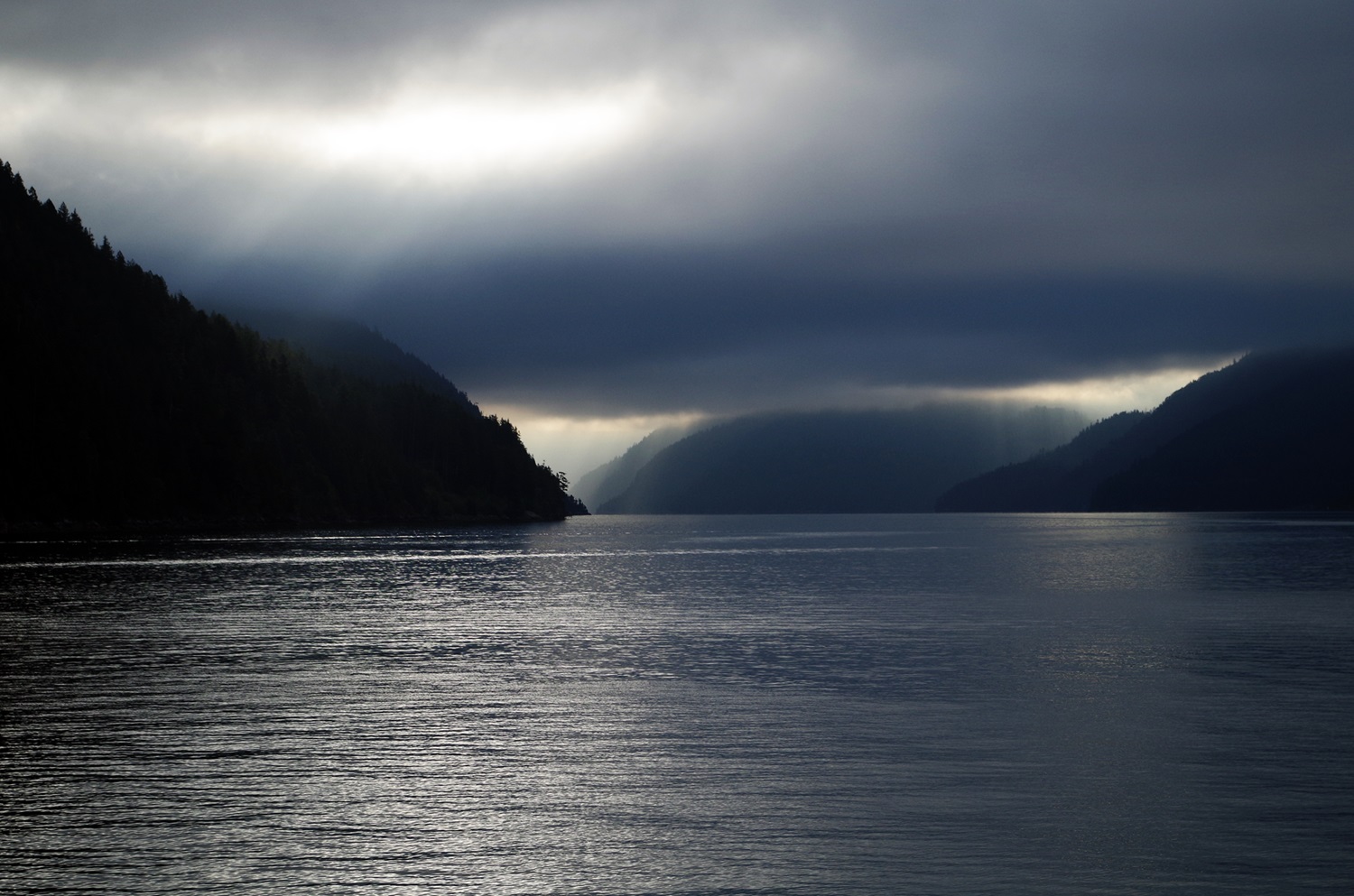
-
Article
Northwest Passage
The Northwest Passage is a sea corridor through Canada's Arctic archipelago and along the northern coast of North America. European explorers searched in vain for the passage for 300 years, intent on finding a commercially viable western sea route between Europe and Asia.
"https://d2ttikhf7xbzbs.cloudfront.net/media/media/acca04c0-f3cc-448d-b29a-0b7dbefd6ade.jpg" // resources/views/front/categories/view.blade.php
https://d2ttikhf7xbzbs.cloudfront.net/media/media/acca04c0-f3cc-448d-b29a-0b7dbefd6ade.jpg
-
Article
Northwest Staging Route
The Northwest Staging Route, an air route from Edmonton, over northwestern Canada to Fairbanks, Alaska, was planned before WWII by Canada, developed and built by Canada and the US between 1940-44.
"https://development.thecanadianencyclopedia.ca/images/tce_placeholder.jpg?v=e9dca980c9bdb3aa11e832e7ea94f5d9" // resources/views/front/categories/view.blade.php
https://development.thecanadianencyclopedia.ca/images/tce_placeholder.jpg?v=e9dca980c9bdb3aa11e832e7ea94f5d9
-
Article
Northwest Territories
The Northwest Territories lie northwest of central Canada, bordered to the east by Nunavut, to the west by the Yukon and to the south by the northeastern corner of British Columbia, as well as the entire northern borders of Alberta and Saskatchewan. The name was originally applied to the territory acquired in 1870 from the Hudson's Bay Company and Great Britain: Rupert’s Land and the North-Western Territory. In 1880 Great Britain also transferred to Canada the arctic islands, north of the mainland, thereby adding to the territories. The acquisition of the NWT was a major component of the Canadian government’s desire, led by Sir John A. MacDonald, to construct a British nation in North America and to guard against the potential incursion of American settlers.
"https://d2ttikhf7xbzbs.cloudfront.net/media/media/990fab4d-1900-4928-acde-c8b11f9c52dd.jpg" // resources/views/front/categories/view.blade.php
https://d2ttikhf7xbzbs.cloudfront.net/media/media/990fab4d-1900-4928-acde-c8b11f9c52dd.jpg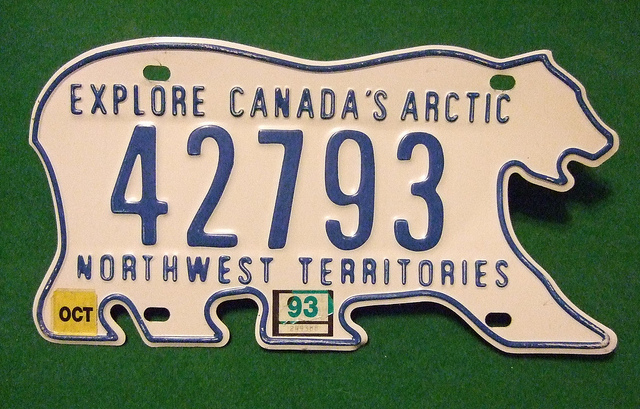
-
Timelines
Northwest Territories
The Northwest Territories lie northwest of central Canada, bordered to the east by Nunavut, to the west by the Yukon and to the south by the northeastern corner of British Columbia, as well as the entire northern borders of Alberta and Saskatchewan.
"https://d2ttikhf7xbzbs.cloudfront.net/media/media/a97bb3a4-ac75-4b97-94e5-5fcb9fe2b922.jpg" // resources/views/front/categories/view.blade.php
https://d2ttikhf7xbzbs.cloudfront.net/media/media/a97bb3a4-ac75-4b97-94e5-5fcb9fe2b922.jpg
-
Article
Northwest Territories and Confederation
The Northwest Territories (NWT) entered Confederation in 1870 after Canada acquired Rupert’s Land and the North-Western Territory from the Hudson’s Bay Company. The smaller territory now known as the NWT is what remains after the creation of several other provinces and territories out of the original 1870 lands.
"https://d2ttikhf7xbzbs.cloudfront.net/media/media/a08da9c3-b38b-4f80-a425-a29b706528af.jpg" // resources/views/front/categories/view.blade.php
https://d2ttikhf7xbzbs.cloudfront.net/media/media/a08da9c3-b38b-4f80-a425-a29b706528af.jpg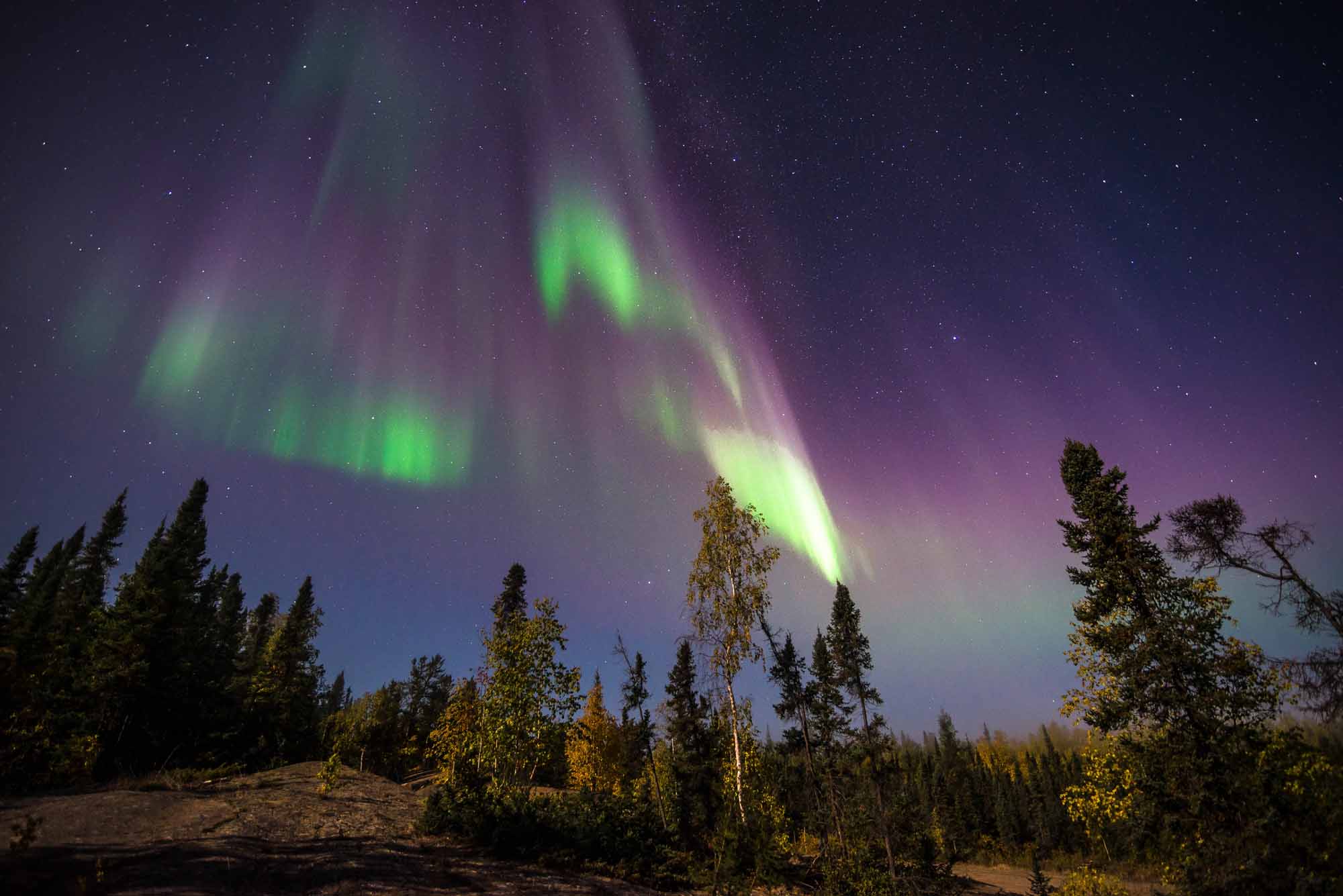
-
Article
Notikewin Provincial Park
Interest from local residents led to the establishment of Notikewin Provincial Park (established 1979, 97 km2). Here is preserved a small piece of the quintessential natural landscape of northern Alberta, the once endless poplar and spruce forests deeply dissected by moody rivers.
"https://development.thecanadianencyclopedia.ca/images/tce_placeholder.jpg?v=e9dca980c9bdb3aa11e832e7ea94f5d9" // resources/views/front/categories/view.blade.php
https://development.thecanadianencyclopedia.ca/images/tce_placeholder.jpg?v=e9dca980c9bdb3aa11e832e7ea94f5d9
-
Article
Notre-Dame Basilica of Montréal
Notre-Dame Basilica of Montréal is located at the intersection of Notre-Dame Street West and Saint-Sulpice Street in the borough of Ville-Marie in Montréal. This jewel of Québec’s religious heritage was built by the Sulpicians over the years 1824 to 1829, to serve as a parish church. It is one of the oldest examples of Gothic Revival religious architecture in Canada. At the time it was built, it was a daring, innovative edifice on a scale unequalled anywhere else in North America. The architect was James O’Donnell, an Irish immigrant to New York City. Its interior decor, which was overseen by Victor Bourgeau, along with its rich ornamentation, are unique and evoke a true sense of wonder in visitors. The Basilica is also one of the major tourist attractions in the city of Montréal.
"https://d2ttikhf7xbzbs.cloudfront.net/media/media/e0e4475d-ea0c-44c7-ab1c-4b49eb8f9dcc.jpg" // resources/views/front/categories/view.blade.php
https://d2ttikhf7xbzbs.cloudfront.net/media/media/e0e4475d-ea0c-44c7-ab1c-4b49eb8f9dcc.jpg
-
Article
Notre Dame Bay
Notre Dame Bay, 6000 km 2 , is a large inlet of the Atlantic Ocean on the northeast coast of Newfoundland. It contains many islands and its shores are indented by numerous coves and smaller embayments. One of Newfoundland's
"https://d2ttikhf7xbzbs.cloudfront.net/media/media/12671f6f-b61d-4d19-a9f7-d6c43ef0496c.jpg" // resources/views/front/categories/view.blade.php
https://d2ttikhf7xbzbs.cloudfront.net/media/media/12671f6f-b61d-4d19-a9f7-d6c43ef0496c.jpg
-
Article
Notre Dame de Lourdes
Notre Dame de Lourdes, Manitoba, incorporated as a village in 1963, population 683 (2011c), 589 (2006c). The Village of Notre Dame de Lourdes is situated on the northeast slope of the Pembina Hills, 130 km southwest of WINNIPEG.
"https://development.thecanadianencyclopedia.ca/images/tce_placeholder.jpg?v=e9dca980c9bdb3aa11e832e7ea94f5d9" // resources/views/front/categories/view.blade.php
https://development.thecanadianencyclopedia.ca/images/tce_placeholder.jpg?v=e9dca980c9bdb3aa11e832e7ea94f5d9
-
Article
Notre Dame Provincial Park
Nestled in the lush forests of central Newfoundland, Notre Dame Provincial Park (established 1959, 113 ha) borders on the serene waters of Junction Pond.
"https://development.thecanadianencyclopedia.ca/images/tce_placeholder.jpg?v=e9dca980c9bdb3aa11e832e7ea94f5d9" // resources/views/front/categories/view.blade.php
https://development.thecanadianencyclopedia.ca/images/tce_placeholder.jpg?v=e9dca980c9bdb3aa11e832e7ea94f5d9
-
Article
Nova Scotia
Nova Scotia is Canada’s second-smallest province (following Prince Edward Island) and is located on the southeastern coast of the country. The province includes Cape Breton, a large island northeast of the mainland. The name Nova Scotia is Latin for “New Scotland,” reflecting the origins of some of the early settlers. Given its proximity to the Atlantic Ocean, Nova Scotia’s economy is largely influenced by the sea, and its harbours have served as military bases during many wars.
"https://d2ttikhf7xbzbs.cloudfront.net/media/media/4b77ac3b-257b-4395-b19a-b5d9fa7d020c.jpg" // resources/views/front/categories/view.blade.php
https://d2ttikhf7xbzbs.cloudfront.net/media/media/4b77ac3b-257b-4395-b19a-b5d9fa7d020c.jpg